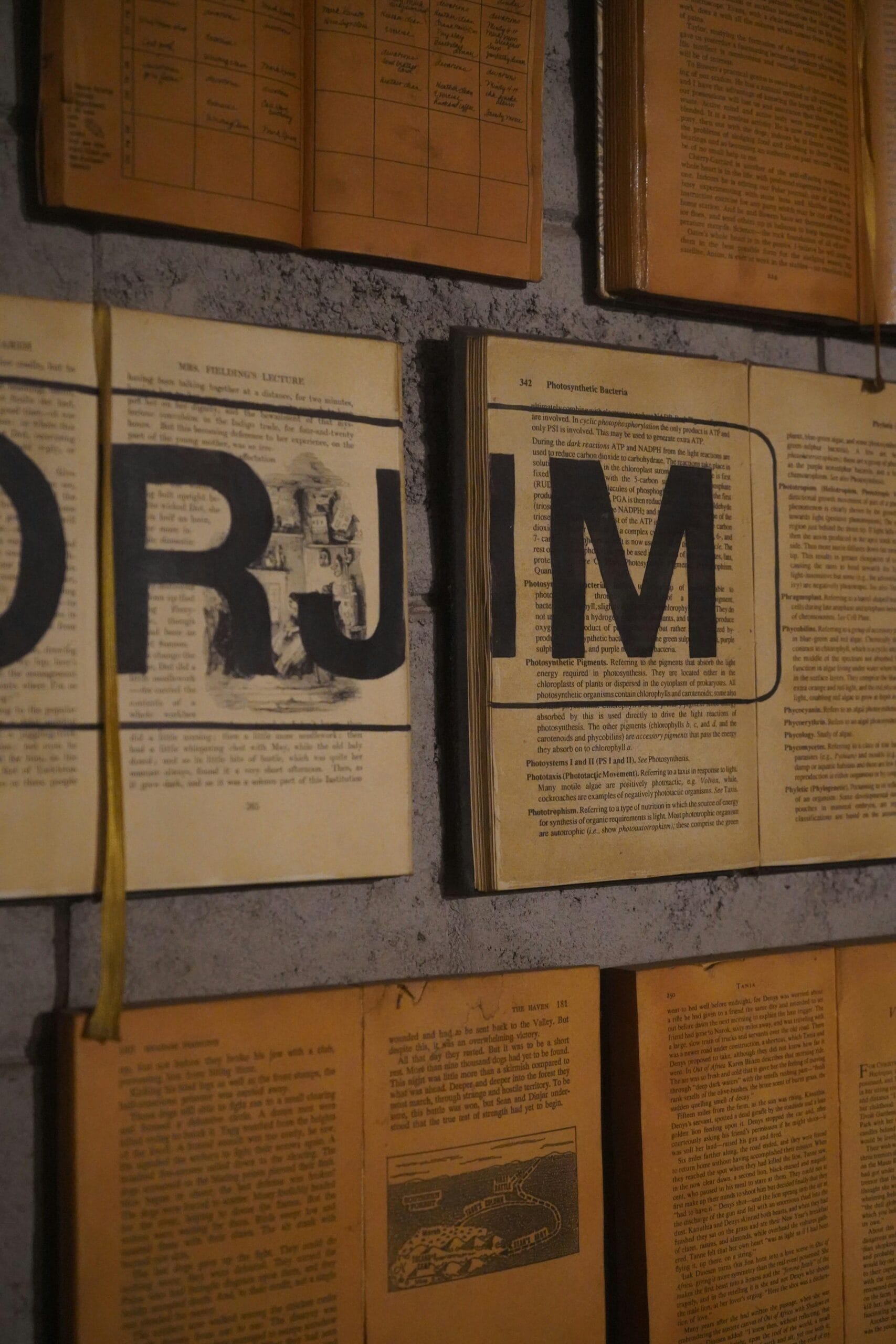How often do literary podcasts release new episodes?
Literary Podcasts: Exploring Books in Audio Format
In today’s fast-paced world, literary podcasts provide an engaging, accessible way to delve into the enchanting world of books. From classic novels to contemporary works, these podcasts offer deep dives, author interviews, and discussions that bring literary works to life. Let’s explore the world of literary podcasts and understand why they are gaining popularity among book enthusiasts.
What are Literary Podcasts?
Literary podcasts are audio programs focused on books and literature. These podcasts can range from author interviews, book reviews, and literary analysis to audiobook readings. They serve as a bridge between authors and readers, offering insights and discussions that enhance the overall reading experience.
The Benefits of Listening to Literary Podcasts
Listening to literary podcasts comes with a multitude of benefits:
- Convenience: Enjoy literary content while commuting, exercising, or doing household chores.
- Diverse Content: Discover a wide range of genres, authors, and styles.
- Community Engagement: Participate in discussions and book clubs based on podcast episodes.
- Continual Learning: Expand your literary knowledge and discover new books and authors.
Popular Literary Podcasts to Explore
If you’re new to the world of literary podcasts, here are a few popular ones to get you started:
| Podcast Name | Description | Frequency |
|---|---|---|
| The Book Review | A podcast by The New York Times featuring interviews with authors and critics. | Weekly |
| Literary Friction | A conversation about books and ideas, hosted by friends Octavia and Carrie. | Bi-weekly |
| LeVar Burton Reads | LeVar Burton brings short stories to life in this storytelling podcast. | Weekly |
Practical Tips for Enjoying Literary Podcasts
To make the most out of literary podcasts, follow these practical tips:
- Find Your Niche: Identify the genres and themes you enjoy the most.
- Use a Podcast App: Apps like Spotify, Apple Podcasts, and Google Podcasts offer a user-friendly listening experience.
- Join Podcast Communities: Engage with fellow listeners through social media groups and forums.
- Take Notes: Jot down book recommendations and interesting insights you gather from episodes.
Case Study: The Impact of Literary Podcasts
To illustrate the impact of literary podcasts, let’s consider the case of LeVar Burton Reads. This podcast has revitalized interest in short stories, featuring works by diverse authors. Listeners appreciate Burton’s storytelling prowess and his ability to breathe life into the stories. As a result, many listeners have explored new genres and authors they might not have otherwise encountered.
First-Hand Experience: A Literary Enthusiast’s Perspective
Samantha, a self-proclaimed bookworm, shares her experience with literary podcasts: “I stumbled upon literary podcasts during a long commute and instantly got hooked! They not only kept me entertained but also expanded my reading list. Podcasts like Book Riot and The Penguin Podcast have introduced me to amazing books and authors. Plus, I feel more connected to the literary community.”
Conclusion
Literary podcasts are an incredible resource for book lovers looking to explore the world of literature in an audio format. They offer convenience, diverse content, and engaging discussions that enhance the reading experience. Whether you’re a seasoned reader or new to the literary world, incorporating literary podcasts into your routine can open up new horizons and provide endless enjoyment. So, grab your headphones and start exploring the fascinating world of literary podcasts today!
